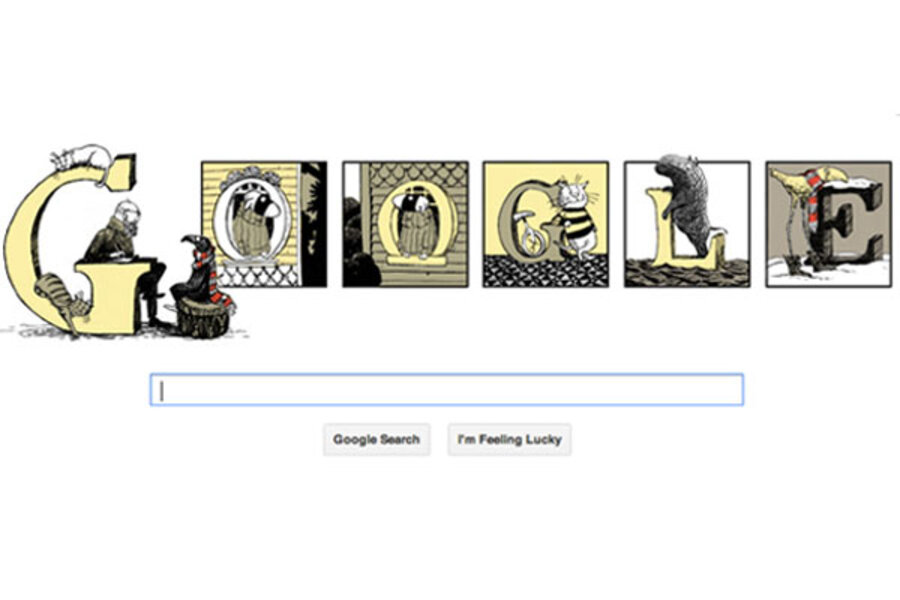Five Edward Gorey stories that everyone should read
Loading...
What do Tim Burton, The Tiger Lillies, PBS, and Lemony Snicket all have in common? They all have taken inspiration from the one and only Edward Gorey. Today, Mr Gorey would have turned 88, so it is only fitting that Google celebrate him with a doodle. The Google doodle shows an illustration of Gorey with some of his most famous characters.
Gorey published his first book, "The Unstrung Harp," in 1953. He quickly shot to fame due to his characteristic ink drawings and his dark yet lighthearted stories. Categorized by the literary nonsense movement, Gorey often wrote sentences like: “It would carry off objects of which it grew fond, And protect them by dropping them into the pond.” It was his nonsensical, macabre, yet playful writing that kept Gorey in the spotlight.
By the end of his life, Gorey had contributed more than 100 different works to the world. He was an accomplished writer, illustrator, and costume designer. The old man with his long white beard and soulful eyes had won over audiences and inspired artists.
In celebration of Gorey’s birthday, here are five Edward Gorey stories that everyone must read:
1) The Doubtful Guest: Published in 1957, The Doubtful Guest has become one of Gorey’s most popular and often quoted books. This little tale is about a peculiar penguin-like creature that goes to live with (and wreak havoc on) an aristocratic family. Unfortunately for the family, the creature is there to stay. “It came seventeen years ago -- and to this day It has shown no intention of going away."
2) The Gashlycrumb Tinies: “A is for Amy who fell down the stairs,” starts off Gorey’s abecedarian book about accidents. The book, written in rhyming dactylic couplets, follows 26 children (one for each letter of the alphabet) as they meet their untimely, albeit cheeky, doom. The cover, Death playing babysitter to 26 children, has become one of Gorey’s most well known images.
3) The Haunted Tea-Cosy: A Dispirited and Distasteful Diversion for Christmas: Gorey’s brilliantly brooding take on “A Christmas Carol.” Follow Edward Gravel and the Bahhum Bug on their journey to "diffuse the interests of didacticism." Considered "vintage" Gorey, this is a must-read for all Gorey fans.
4) The Raging Tide: Or, The Black Doll's Imbroglio: Gorey’s very own pick-your-own-adventure book. Now, if you remember these from childhood (who doesn’t?), then you know you’re in for a good time. Fair warning: this book will make your head run in circles because it can be so hard to understand. But then again, that’s what it makes it classic Gorey.
5) The Epiplectic Bicycle: This, according to some readers, is one of Gorey’s “lighter books.” “Children only beat each other with croquet mallets in this one,” writes a reviewer on GoodReads. The Epiplectic Bicycle features Embley and Yewbert’s adventures on a conscious bicycle. Adventures, hilarity, and a true-to-Gorey ending ensues.





